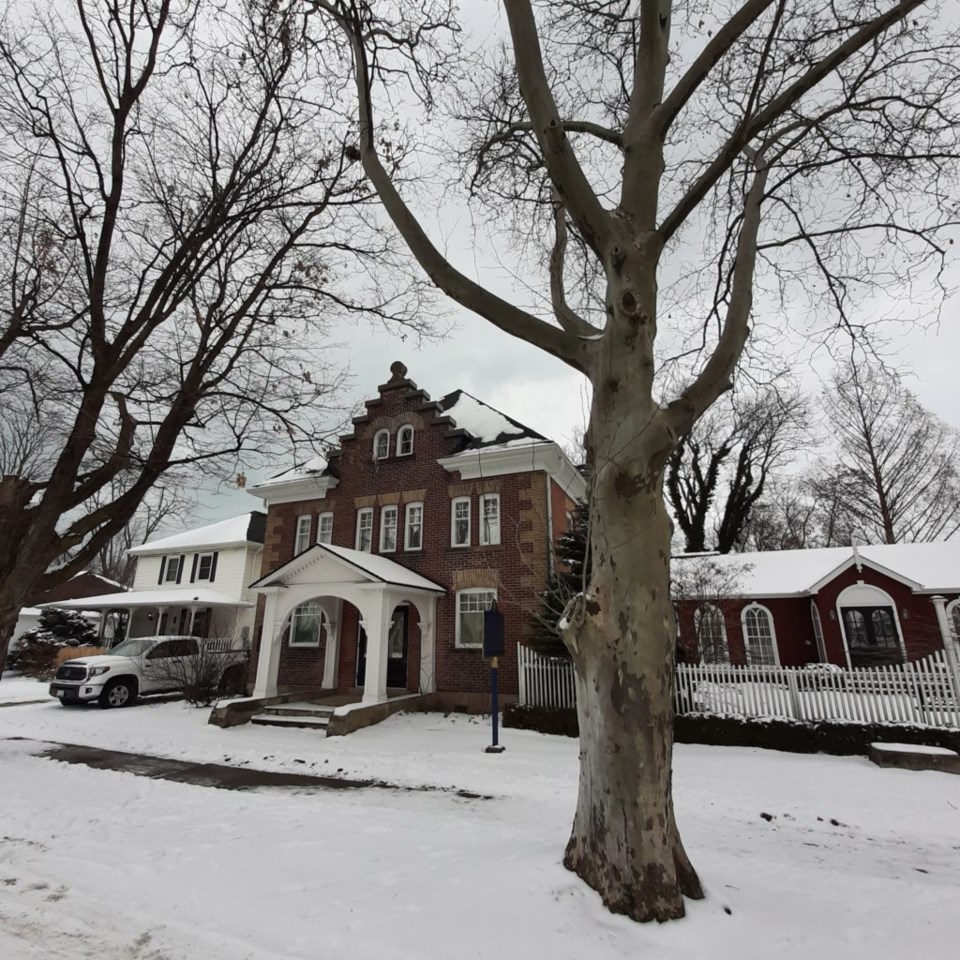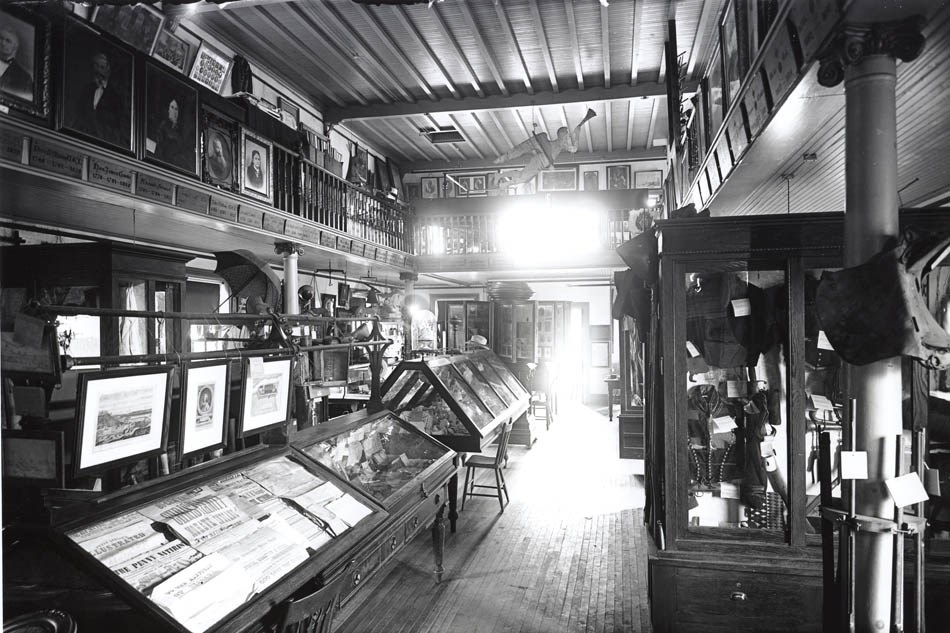“Inspiration is spread around the globe, across space and time, in the places we love and with the people of our past.”
This quote introduces the Google Arts & Culture website and application to the online world. This online platform seeks to engage art lovers and historians by providing easy access to images and videos of artworks and cultural artifacts from museums and cultural organizations throughout the world.
Our own Niagara-on-the-Lake Museum has joined the ranks of other art museums and cultural organizations in this online world, along with such esteemed museums as the Tate Museum in London, the Smithsonian in Washington, and the Musée de Louvre in Paris.
Sarah Kaufman, managing director and curator, explains the NOTL Museum was actually the first small community museum in Canada to create virtual exhibitions on Google Arts & Culture. On the museum’s Google Arts page, there are 22 online exhibits along with 330 items to view such as artifacts, sketches, photographs and paintings dating back over 200 years in NOTL history. These items have been collected and maintained by the Niagara Historical Society for 125 years.
The NOTL Museum’s newest online addition to the Google Arts platform celebrates this 125-year heritage. The milestone anniversary exhibit was created to promote the beginning of the Niagara Historical Society and “honour 125 years of collecting and sharing our local history,” says Kaufman.
“We were looking at innovative ways to celebrate, and an online exhibition is one of the ways we can put the organizational history out there,” she continues.
Kaufman says Shawna Butts, assistant curator at the museum, has been responsible for the museum’s virtual exhibitions. Butts has been collecting, organizing and uploading these exhibitions on both the museum’s own website and on the Google platform.
She explains it takes several weeks to complete an online exhibit from “narrowing down the images, selecting which text to include, and trying to be concise.” She proudly states that even though the Google system of uploading exhibits to the application is complicated, Butts has “mastered the task.”
Kaufman believes the importance of this exhibition celebrates the fortitude and advanced thinking of the founders of the Niagara Historical Society.
“In the beginning, the society kept the history alive and present in our community through historical markers, commemorative events and publications about our history. Early members were constantly advocating for arteficts and archives related to our history to remain in our community, rather than sending them out of the area,” says Kaufman.
“Janet Carnochan, our first president and later a curator, fought to get significant pieces into the collection, such as Brock’s Hat, the Servos Indian Department uniform, the Laura Secord collection, and significant war trophies of the World Wars,” she says.

“Throughout the 125 years, the organization has continued these traditions, but has also adapted to the times. Today we keep the history alive by continuing to work on public markers, hosting a permanent exhibition of our chronological history, two temporary exhibitions each year, and several engaging programs. We also maintain a collection which has started to become more accessible online through a collections database and virtual exhibitions,” such as the ones on Google Arts & Culture.
Over the past 125 years, the Niagara Historical Society has grown from a small community-minded group of volunteers who “mounted small displays in the Queen Street Courthouse,” to an established museum with three full-time staff, one part-time, 100 active volunteers, and more than 600 individual members, who run at least 80 programs per year. The museum boasts over 53,000 archives and artifacts.
Kaufman sees that the future for museums will be interesting. In the recent past, before COVID, there was a movement toward more interactive activities to engage visitors with history. Unfortunately, she laments, these types of interactive exhibits and activities have been restricted or cancelled due to the pandemic. She explains that the online world has become much more important during this time, and will continue to be in the future. Even though the museum staff works with the past, it doesn’t mean they are not looking to the future.
“One thing is for sure, museums are realizing that our presence in the online world has become equally important,” she says. “At the NOTL Museum, we quickly pivoted to online in order to continue to reach our mandate by boosting our virtual exhibitions, social media engagement, online lectures and shows and more accessibility to online collections. This will continue to be a priority for us in the coming years, as we look at how we can expand our online engagement with our community.”
The 125th anniversary exhibit celebrates the contributions and the Niagara Historical Society’s efforts to maintain and promote the importance of preserving the history of the town. Kaufman and the staff of the NOTL Museum remain dedicated to this task, and through the advancement in technology, they are going beyond Janet Carnochan’s expectations by being able to share everything that has been accomplished for the past 125 years with the world.
“In NOTL, the residents recognize how significant the local history is, and we’re doing our best to continue to promote it and maintain it on the community’s behalf,” says Kaufman.
“Further, in 2021, we’re looking at growing even more by expanding and renovating our facilities to better meet the needs of our community. We’re working on creating a world-class museum for a world-class community. We will continue to be the stewards of NOTL’s history, and their collection into the future.”



